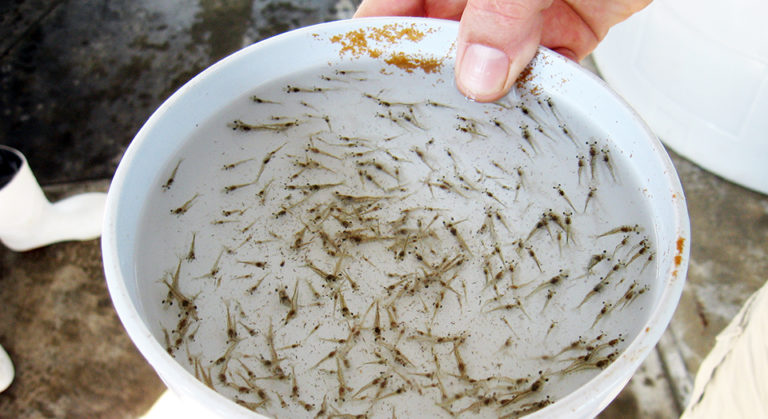
Health & Welfare
Immunostimulants for shrimp require further testing
A range of commercial immunostimulants derived from microorganisms claim to boost the innate defense mechanisms and have broad-spectrum positive effects in shrimp.
Health & Welfare
White tail disease in shrimp can result from various conditions. Infectious Myonecrosis is a significant disease of white shrimp in both Latin America and Asia.

Health & Welfare
A range of commercial immunostimulants derived from microorganisms claim to boost the innate defense mechanisms and have broad-spectrum positive effects in shrimp.

Intelligence
Reflecting a trend in aquaculture, Charoen Pokphand Foods reinvented itself in 2002, expanding from primarily a feed company to a fully integrated shrimp producer.
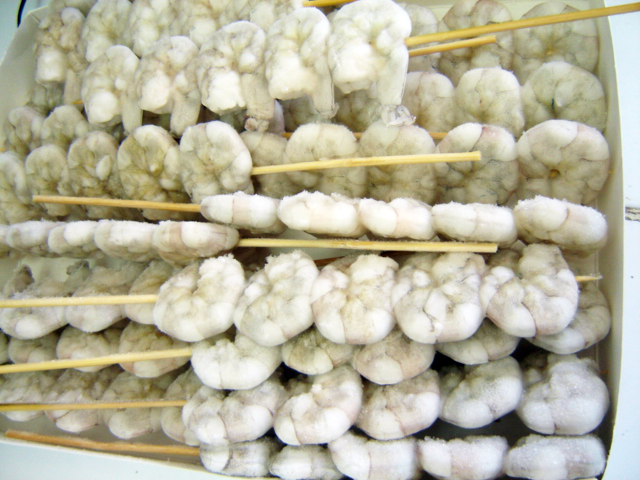
Intelligence
Because some value-added shrimp products are not affected by U.S. antidumping tariffs, various imports in this classification have greatly increased.

Health & Welfare
A super-intensive, commercial-scale RAS trial with Pacific white shrimp at Oceanic Institute achieved record production at a low cost and with low stocking densities.
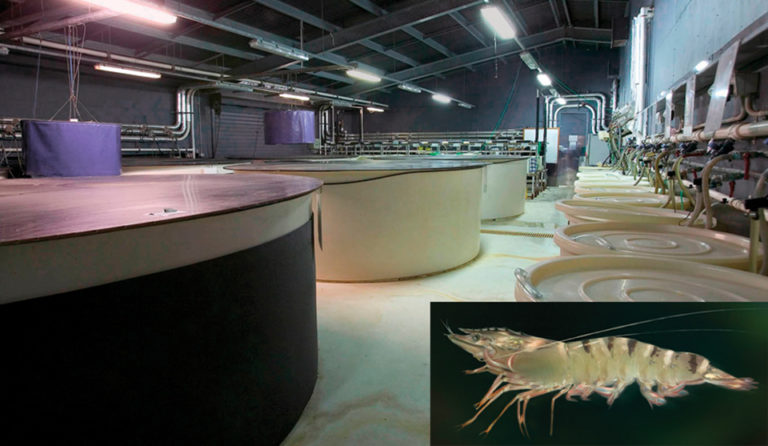
Health & Welfare
Experiences with newly domesticated shrimp species in Australia underscore the importance of understanding the species' biological requirements.
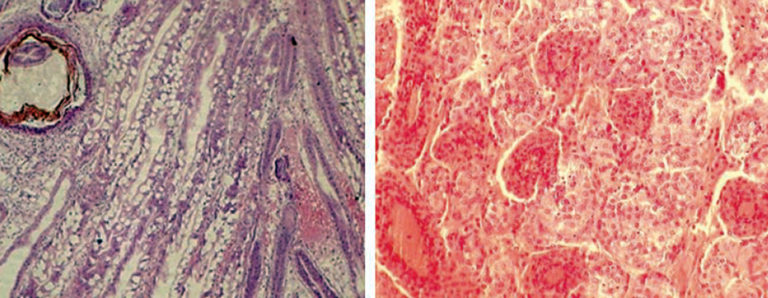
Health & Welfare
Loose Shell Syndrome is a slow killer of black tiger shrimp in India. Affected shrimp exhibit mortality and reduced survival rates and production.

Health & Welfare
A revitalization of the huge integrated Dipasena Citra Darmaja farm complex is directing individual farmers to raise white shrimp using biosecure protocols in a modular culture approach.
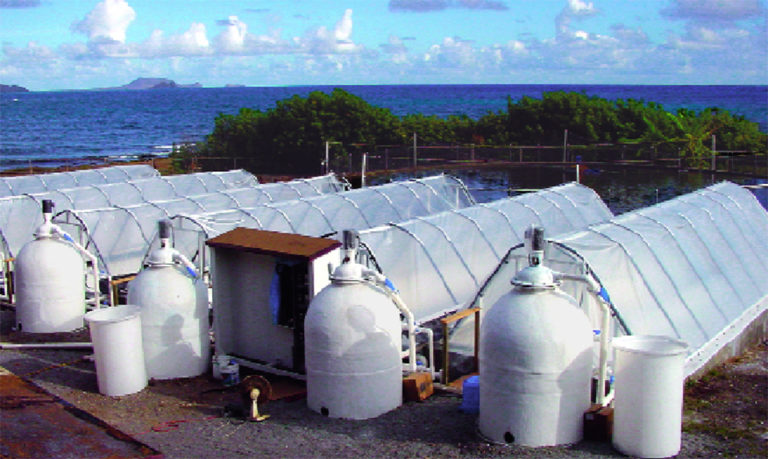
Health & Welfare
Results from two studies at Oceanic Institute indicated that shrimp behavior may compromise growth at super-intensive stocking densities.
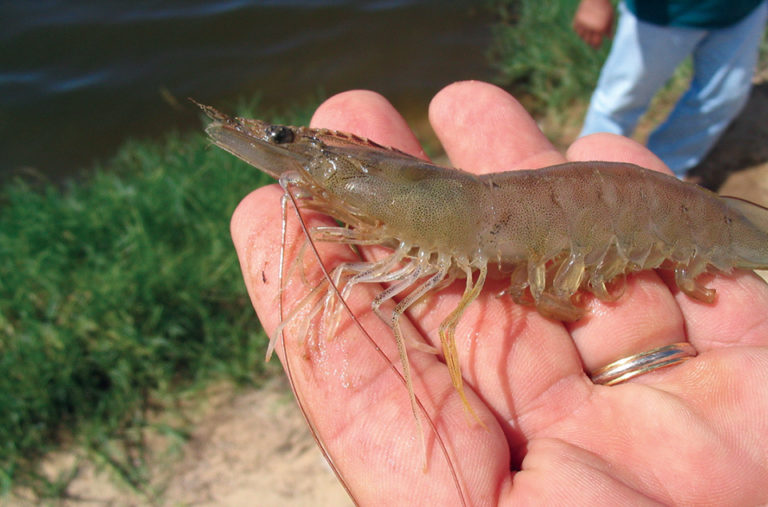
Health & Welfare
The principle of vaccination is based on two key elements of immunity: specificity and memory. Shrimp lack the appropriate cells and pathways to respond to specific pathogens and the long-term “memory” to deal with recurring infections.
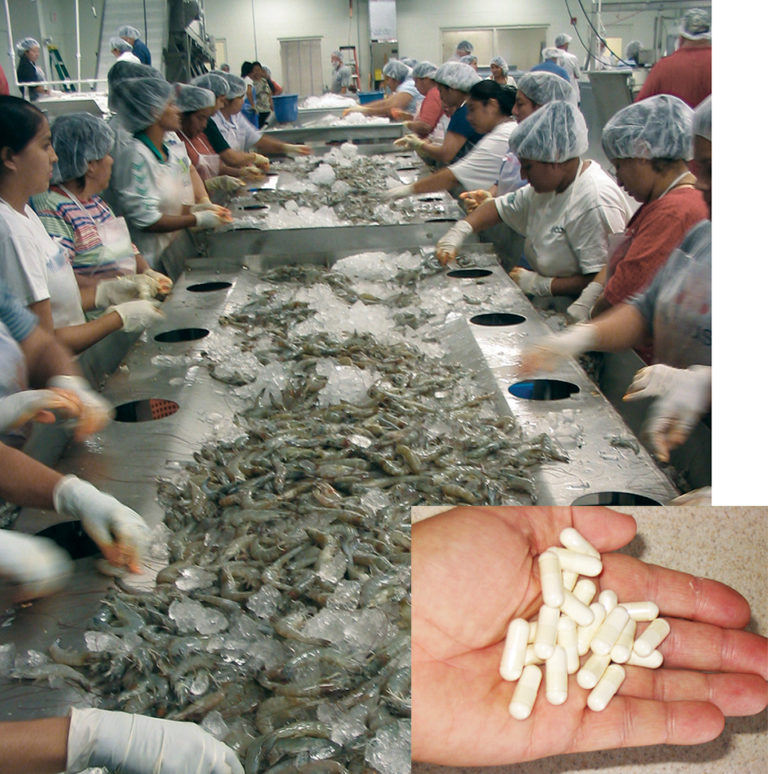
Intelligence
Shrimp processing byproducts are constructively used in shrimp or fish feeds, livestock feeds and plant fertilizer. Chitin from shrimp exoskeletons is used in bandages and varied cosmetic products.
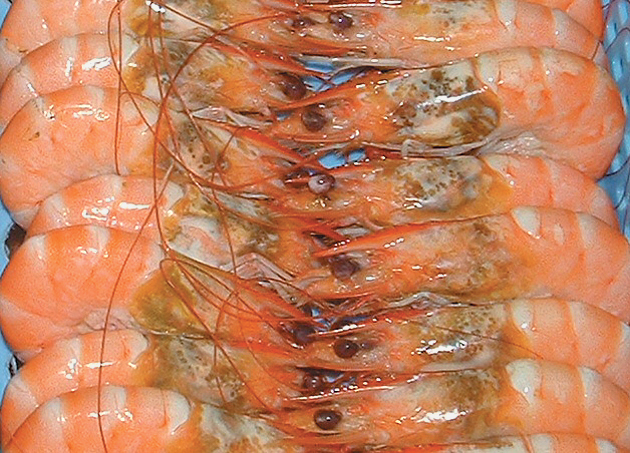
Health & Welfare
A shrimp's ruptured or discolored hepatopancreas is from a combination of factors involving nutrition, stress or toxins at various production chain levels.
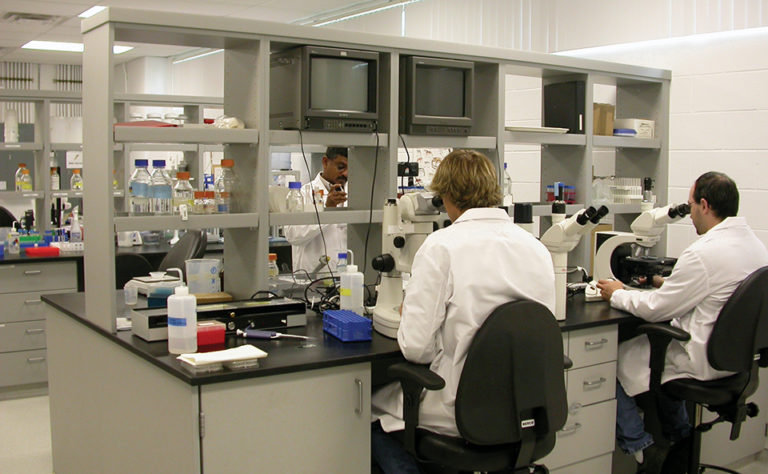
Health & Welfare
Genetics is an important factor in shrimp farming. Improvements in disease resistance and robustness can be achieved with within-family selection, shorter generation intervals and marker-assisted selection.

Health & Welfare
Microbial flocs consist of a variety of bacteria, fungi, microalgae and other organisms suspended with detritus in culture water.
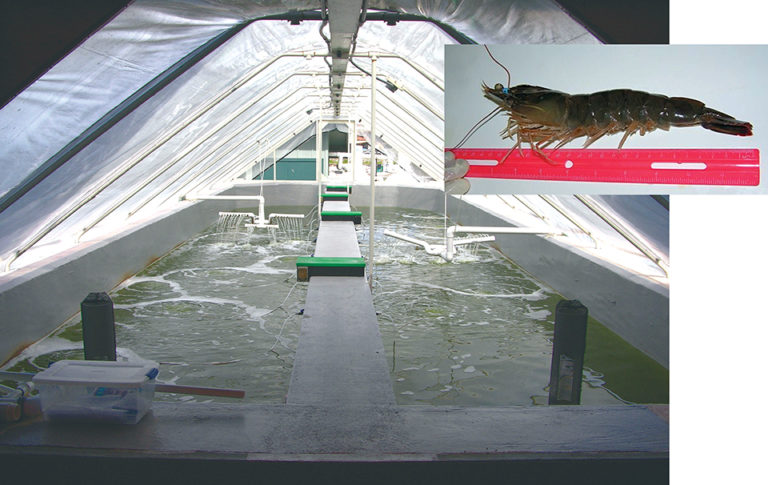
Health & Welfare
Shrimp breeders often protect their genetic investment by selling broodstock that will accumulate increasing levels of inbreeding in successive generations.

Health & Welfare
Adding alfalfa concentrate containing natural carotenoids and pigments to the finishing diets of shrimp can enhance coloration of shrimp after cooking.